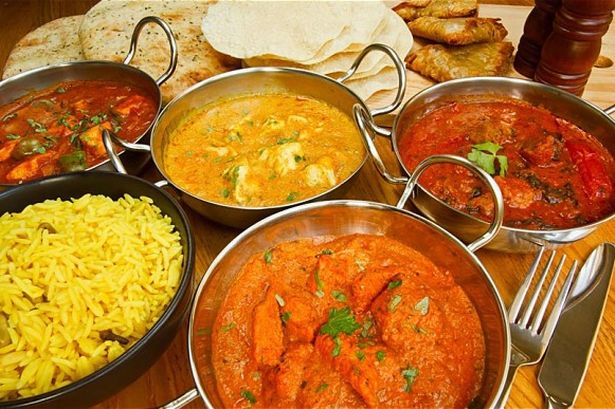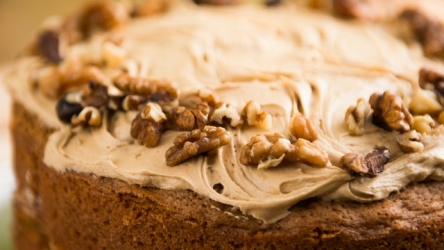
Once you have fallen in love with the exotic flavours, bold spices and sumptuous aromas of Indian cuisine, it can be a lifelong affair. From the late 18th century, when Britain first sat up and took notice of the tantalising new recipes brought back by settlers from colonial India, our relationship with Indian food has deepened, blossoming into a firmly entrenched national obsession.
From the initial jars of Major Grey’s chutney and simple curry recipes introduced during the Victorian period to the mouth-wateringly sophisticated dishes on offer at some of London’s best Indian fine dining restaurants, the distinctive flavours of India have always been popular amongst the British public. Of course, the Victorians may have experienced Anglicised versions of traditional Indian recipes in order to tone down the hot spices to suit more delicate palates, but this too has paved the way for exciting fusion experimentation. The diverse flavours and ingredients of Indian cuisine seems as if it can adapt to suit any taste or preference.
However, it seems that there is a deeper reason as to why Indian food is one of the most appealing global cuisines out there. According to The Telegraph, researchers from the Indian Institute of Technology in Jodphur, looked into over 2,500 Indian recipes to reveal the secret behind the taste. Their findings revealed that it is an effect of putting together ingredients that do not share many flavours – a technique known as ‘negative pairing’.

These findings actually directly clash with the general idea in the West that we ought to blend food and drink with similar flavour compounds – elements they have in common that might not be initially noticeable but somehow just work. An example of this is acetal, a flavour compound which exists in whiskey, raw beets and apple juice. This has led to some chefs experimenting with unusual food pairings, blending similar flavour compounds together with ingredients such as white chocolate and caviar.
Indian cuisine differs in that it demonstrates little in the way of shared flavour compounds, with dishes containing an average of seven ingredients that do not overlap. Each ingredient therefore brings its own special taste to the table. This is actually a trend that occurs in many Asian foods but is particularly prevalent in Indian cuisine, as some of the spices utilised to great effect in Indian dishes serve to emphasise the negative food pairings. Spices that have this effect include garam masala, cinnamon and cayenne pepper.
If one was to pinpoint specific ingredients that really make Indian cuisine stand out above other culinary traditions, surely it would have to be the colourful and intoxicating spices that are present in a whole host of Indian curries, desserts and even drinks. These spices effectively shape the flavour sharing and tie together the dishes as well as adding their own special kick to a recipe.
Indian spices such as turmeric, cumin, cardamom and even garlic and ginger make regular appearances in Indian dishes and are known for their anti-bacterial properties. It is thought that spices were added to meats and dishes to help preserve the ingredients from the hot climates where food could easily spoil – a happy coincidence that they also add a delicious burst of flavour that can give any meal a taste of India.







